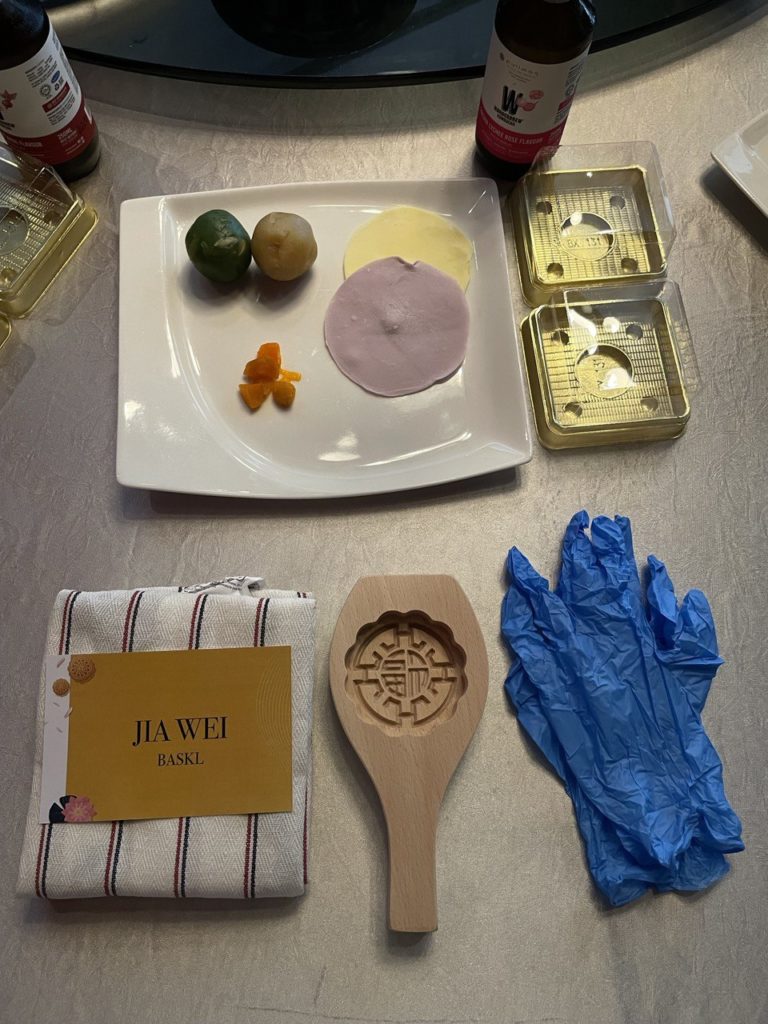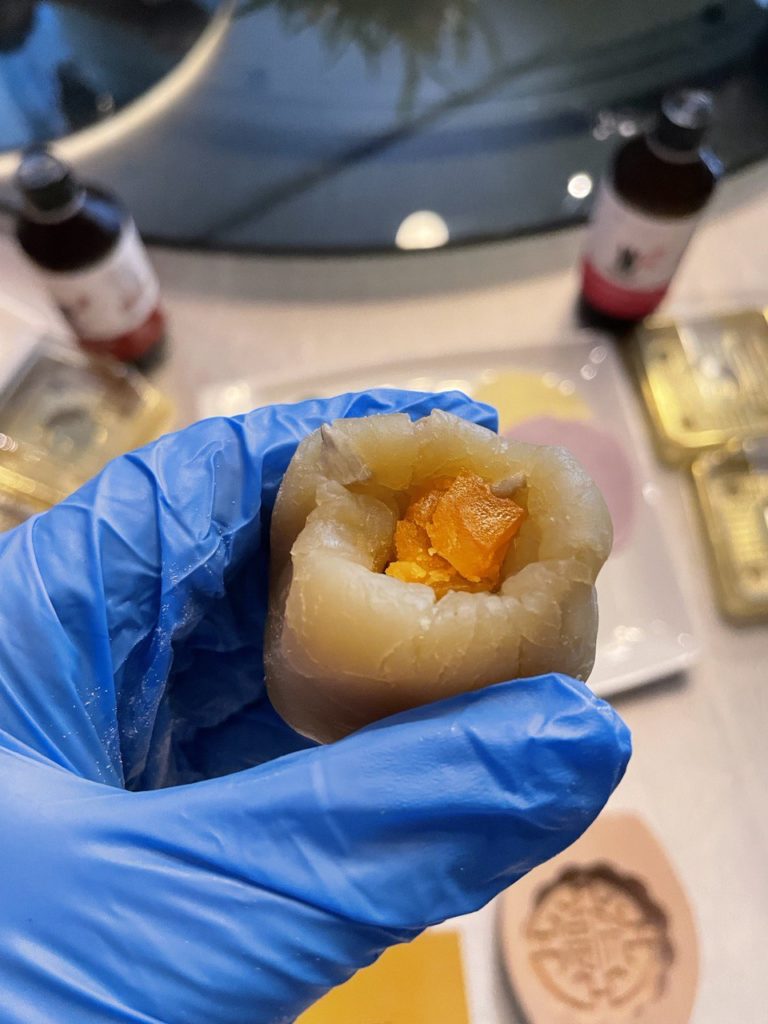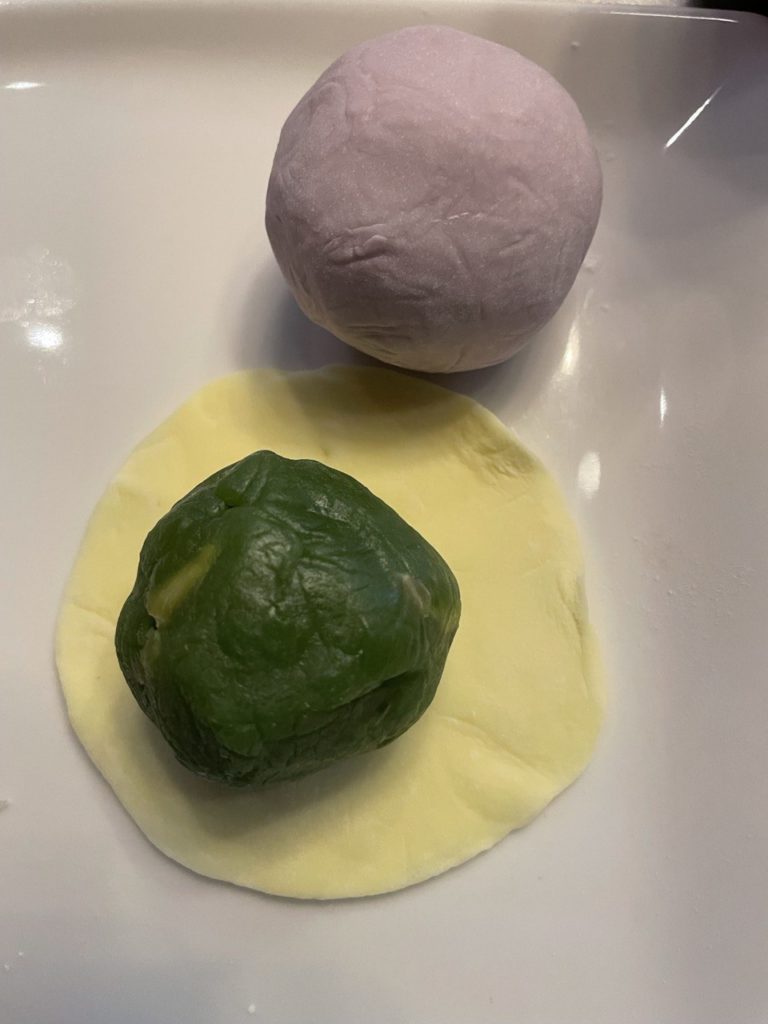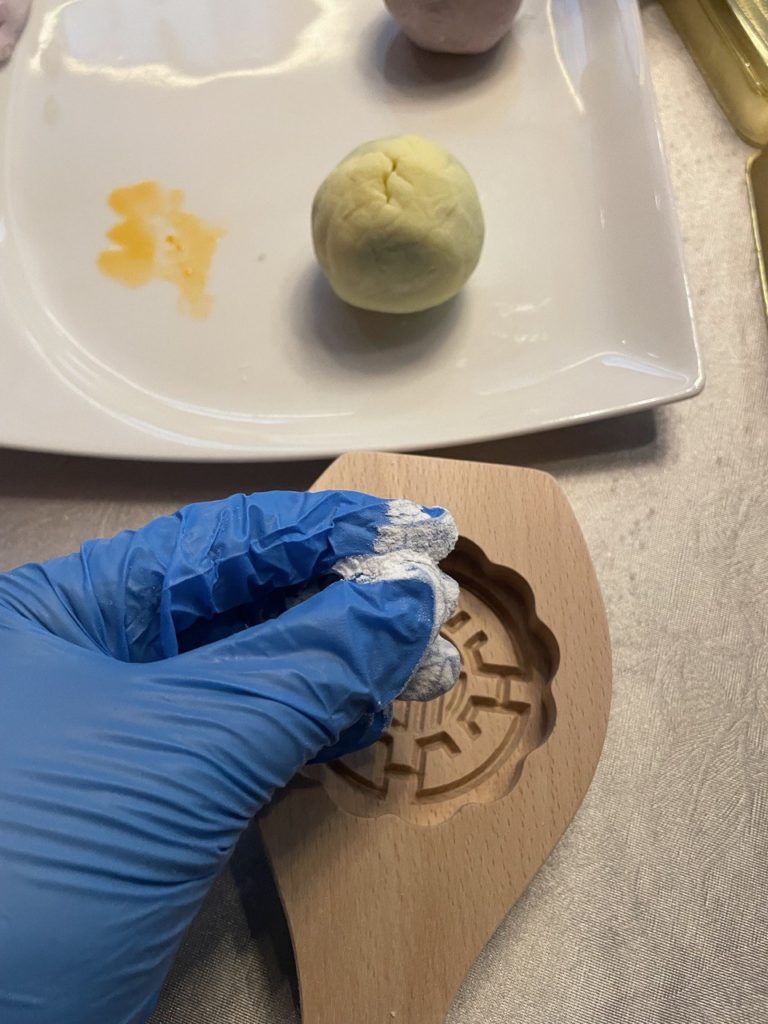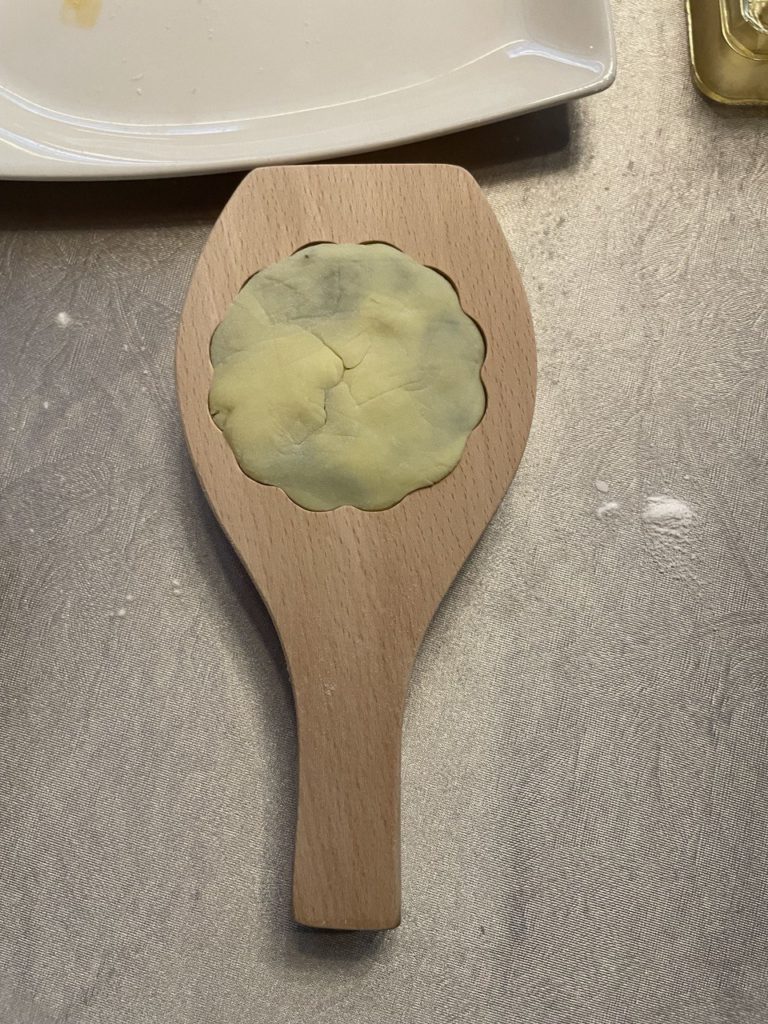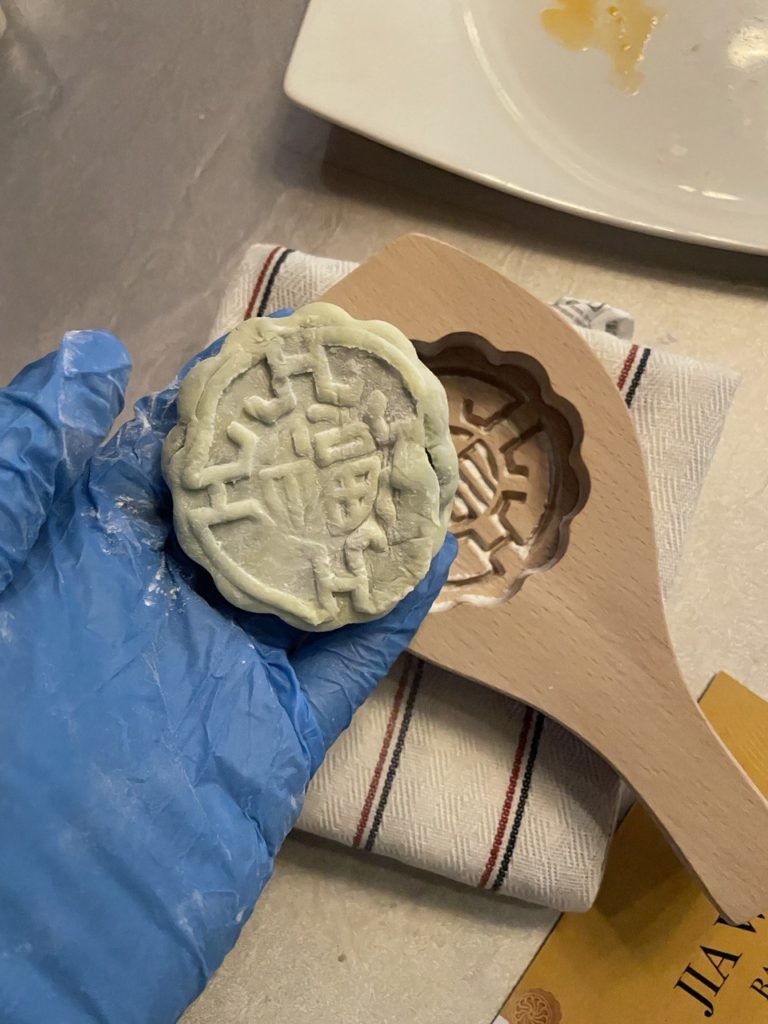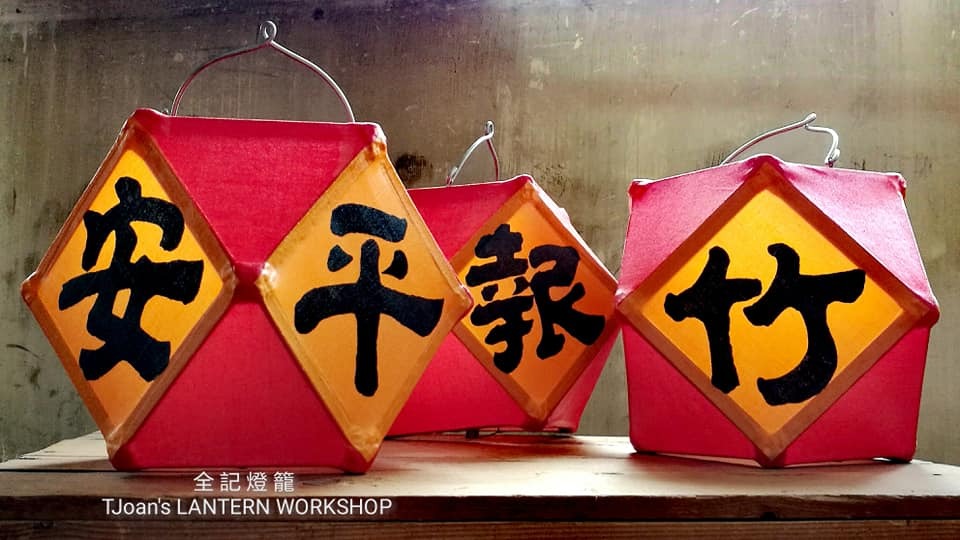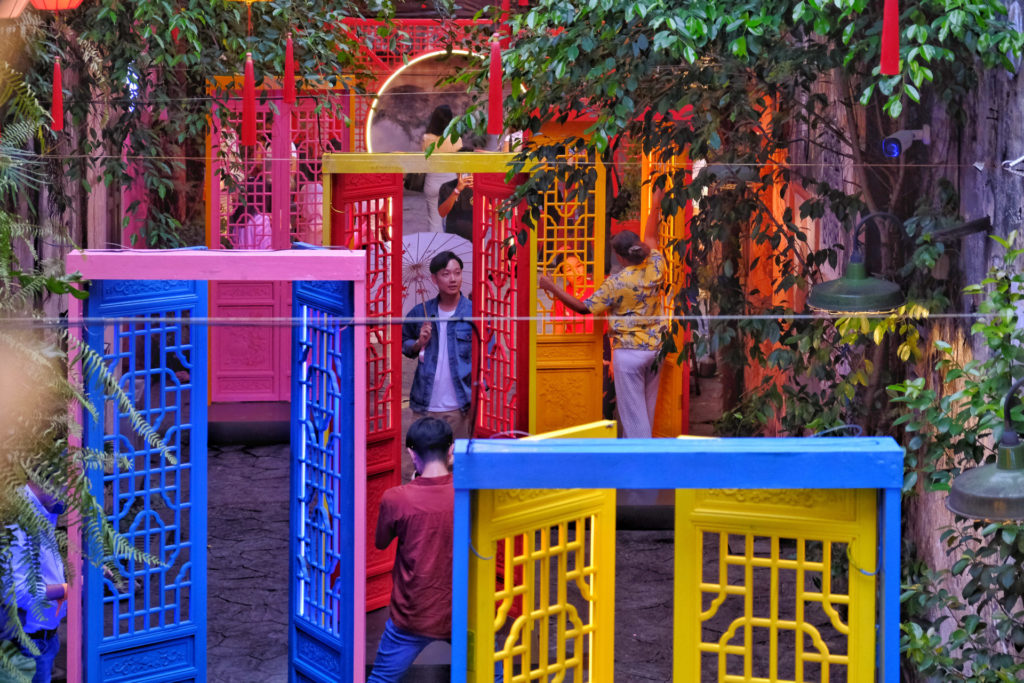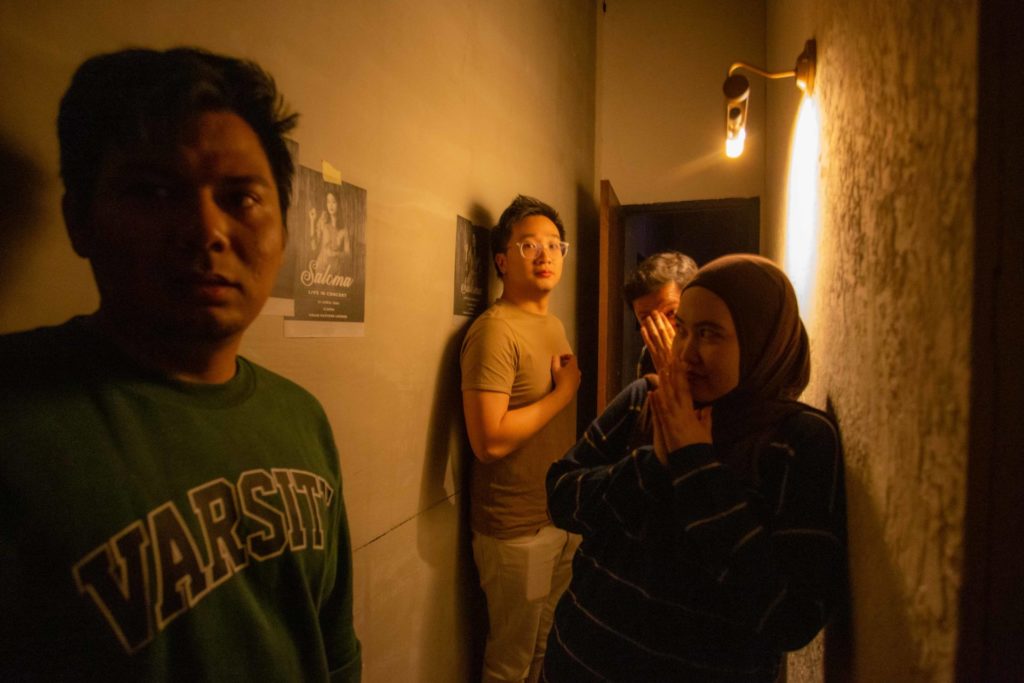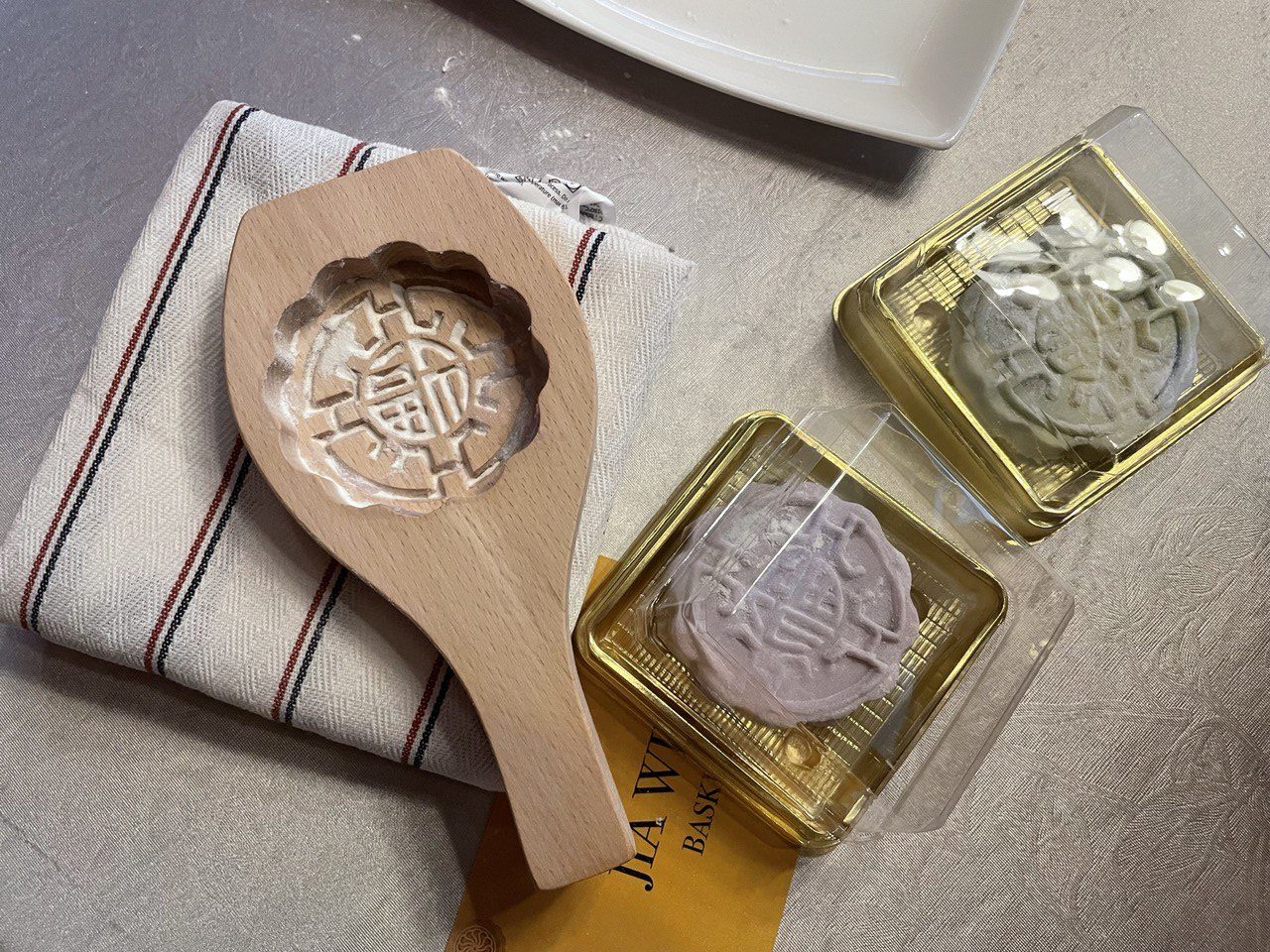
Ahead of this Mid-Autumn Festival, I tried my hand at making some snow skin mooncakes, with mixed results.
By CHIN JIAN WEI
While we do not have the four main seasons in Malaysia, the Chinese community here is always aware of the approach of Mid-Autumn. Accompanying that festival are the ever-present mooncakes, beloved not only for their unique taste but also for the beautiful designs pressed onto their faces.
Mooncakes are an ancient tradition, said to have first started in the Yuan dynasty in the 14th century. Revolutionaries who plotted to overthrow the Yuan were said to have concealed secret plans within the mooncakes. Nowadays, they are commonly offered to friends and family during the Mid-Autumn festival, a celebration dedicated to lunar appreciation and the Chinese legends surrounding the moon, such as that of the immortal Chang’e who had ascended to the moon and became a lunar deity.
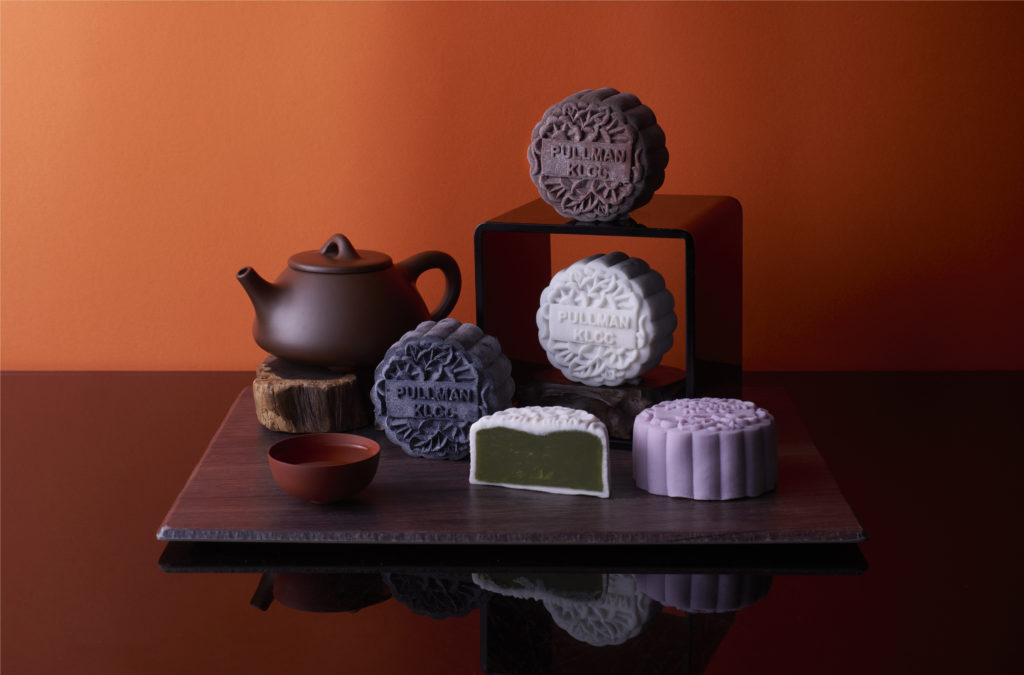
This writer was invited by Pullman KLCC and WonderBrew Kombucha to attend a mooncake-making workshop where attendees would try their hand at making their very own snow skin mooncakes. A variant of the classic mooncake, this type is much more modern, emerging in the 1960s in Hong Kong. Unlike the traditional mooncake which has a solid crust made of lard or vegetable oil, the snow skin variant has a soft crust made out of glutinous rice and is typically served cold. Due to this, it tastes very similar to mochi. The filling also varies greatly, ranging from chocolate paste to durian, unlike the classic which is usually filled with lotus paste and salted egg yolks.
Upon arriving at the table, I was greeted by two lumps of lotus paste, two sheets of glutinous rice crust, and some salted egg yolks. The chefs there had already created the paste and crusts for us, but we were responsible for transforming the materials into the finished product. First, we used our gloved fingers to poke a hole into the balls of lotus paste to insert the egg yolks. Next, we smoothed out the lumps of lotus paste and roll them up into balls. Then, we wrapped each ball in a sheet of glutinous rice. The sheets were soft and slightly stretchy, so with the help of gravity and a bit of pinching, the balls of paste could be completely wrapped by the sheets. It looked a bit like a dumpling at this point.
Next, it was time to move on to the moulds. There was a carving in each mould depicting a highly stylised Chinese character representing fortune, nestled within geometric patterns. This would form the pattern decorating the face of the mooncakes. We scattered a pinch of flour within the mould so that the mooncake would come away easily from the mould when done. All that was left was to press the glutinous rice-wrapped lotus paste into the mould, give it a few knocks from multiple angles, and the finished mooncake would fall out, ready to eat after a bit of refrigeration.
Unfortunately, mine ended up a bit misshaped, and I tore the crust of one of them as well, likely because I did not use enough flour which caused the crust to stick to the mould. Things never are as easy as they seem. All in all, it was a fun experience to make the mooncakes. I had eaten them practically my entire life but had never really considered how they were made, so this was an eye-opening experience.
Pullman KLCC and WonderBrew Kombucha are offering a selection of new and traditional mooncakes for you to enjoy this Mid-Autumn festival. There are two new flavours for the baked mooncakes: White Lotus Spirulina with Single Egg Yolk, Five Variety Nuts with Propolis Honey. As for the snow skin mooncakes, they offer: Premium Tieguanyin with Sun-Dried Cranberry, Yam Taro Black Sesame with Snow Bird’s Nest, Belgium Dark Chocolate with Crunchy Caramelised Walnut, Charcoal Coffee and Coconut with Gold Dust.
To find out more, visit their website and Facebook page!
To read more BASKL, click on the links below:

